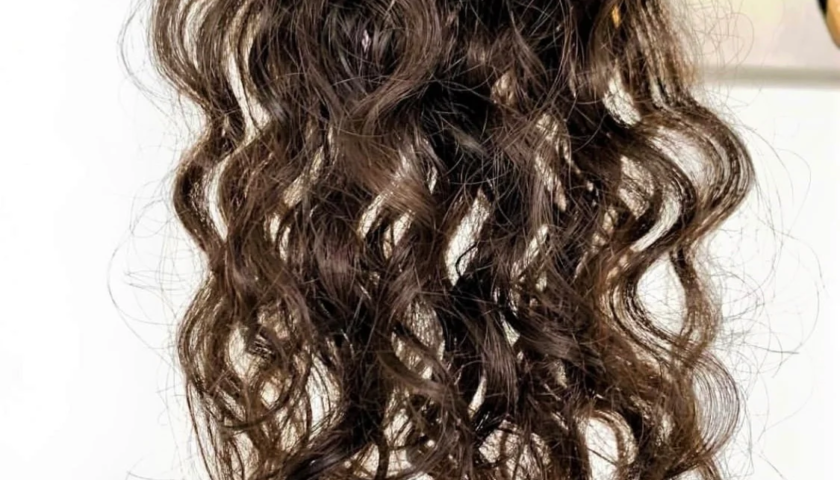Table of Contents
ToggleDiscover a comprehensive step-by-step guide on how to perform Umrah, the lesser pilgrimage in Islam. Learn the essential rituals, from Ihram to Tawaf and Sa’i, to make your Umrah journey a spiritually fulfilling experience. Follow our detailed instructions for a smooth and meaningful Umrah pilgrimage.
What is Umrah?
Umrah is a religious pilgrimage in Islam that holds great significance for Muslims. It is often referred to as the “lesser pilgrimage” or “minor pilgrimage” in comparison to the Hajj, which is the major pilgrimage. Unlike Hajj, which is obligatory for every capable Muslim to perform at least once in their lifetime, Umrah is a recommended but non-mandatory act of worship. It can be performed at any time of the year, while Hajj is performed during specific days of the Islamic lunar month of Dhul-Hijjah.
The main rituals of Umrah include:
- Ihram: The pilgrim enters a state of consecration by wearing special clothing and reciting a specific intention and prayer. This marks the beginning of their spiritual journey.
- Tawaf: The pilgrim circumambulates the Kaaba, the sacred cube-shaped building located in the Masjid al-Haram in Mecca, seven times in a counterclockwise direction.
- Sa’yee: After Tawaf, the pilgrim walks back and forth seven times between the hills of Safa and Marwah, retracing the steps of Hagar (Hajira), the mother of Prophet Ismael, who was searching for water.
- Tahallul: After Sa’yee, the pilgrim shaves their head (for men) or clips a small portion of hair (for women), symbolizing humility and purification.
- Tawaf al-Ifadah: This involves another circumambulation of the Kaaba, performed as part of the Umrah rituals.
Performing Umrah, a pilgrimage to the holy city of Mecca in Islam, is a deeply spiritual journey. Here’s a step-by-step guide on how to perform Umrah:
1. Ihram:
– Begin by cleansing yourself with a thorough bath (Ghusal).
– Dress in the prescribed two white, seamless sheets (Ihram for men) or modest clothing for women.
– Make the sincere intention (Niyyah) to perform Umrah and recite the Talbiyah:
“Labbaik, Allahumma labbaik. Labbaik, la sharika laka labbaik. Inna al-hamda wa-ni’mata laka wa-l-mulk. La sharika lak.”
(Here I am, O Allah, here I am. Here I am, You have no partner, here I am. Indeed, all praise, grace, and dominion are Yours. You have no partner.)
– Continue reciting the Talbiyah throughout the journey.
2. Arrival at Meqat:
– Depending on your location, you must reach the designated Meqat point, where Ihram attire and intention will be fulfilled.
– After entering Ihram, you are now in a sacred state, and specific restrictions apply.
3. Tawaf al-Qudum (Arrival Tawaf):
– Upon reaching the Masjid al-Haram in Mecca, enter with your right foot and recite a supplication for entering the mosque.
– Proceed to the Kaaba, and upon seeing it, raise your hands and make a heartfelt Dua.
– Perform Tawaf al-Qudum, which is a seven-circuit circumambulation around the Kaaba.
– Start from the Black Stone (if possible, kiss it), and circumambulate the Kaaba counterclockwise while reciting supplications.
– After completing the Tawaf, offer two Rakat of Tawaf behind Maqam-e-Ibrahim.
4. Sa’yee (Walking Between Safa and Marwah):
– Head to the hills of Safa and Marwah, following the marked path.
– Begin at Safa, ascend it, and face the Kaaba.
– Recite the Dua of Safa.
– Walk to Marwah, and upon reaching it, recite the Dua of Marwah.
– Repeat this seven times, walking between the two hills in the path of Hagar (Hajira), the mother of Prophet Ismael.
5. Tahallul (Partial Shaving or Clipping):
– For men: It is Sunnah to shave the head completely, but you can also opt for partial shaving.
– For women: Clip a small portion of hair (about the length of a fingertip).
– This act symbolizes humility and purification.
6. Tawaf al-Ifadah (Tawaf of Necessity):
– Return to the Masjid al-Haram for Tawaf al-Ifadah, also known as Tawaf al-Ziyarah.
– Circumambulate the Kaaba seven times as you did in Tawaf al-Qudum.
7. Sa’yee (Another Round of Walking Between Safa and Marwah):
– Perform another Sa’yee between Safa and Marwah, similar to the earlier one.
– This Sa’yee is done to complete the Umrah rites.
8. Tahallul (Shaving or Clipping):
– For men, shave the head again, or you may choose to clip.
– For women, clip a small portion of hair again.
9. Tawaf al-Wida (Farewell Tawaf):
– Before departing Mecca, perform the Tawaf al-Wida, the Farewell Tawaf.
– Circumambulate the Kaaba seven times to bid farewell to the Holy Mosque.
10. Final Acts:
– Offer two Rakat of Tawaf al-Wida prayer.
– Make Dua for forgiveness and any other personal supplications.
Your Umrah is now complete. May your pilgrimage be accepted by Allah, and may it be a source of spiritual growth and blessing in your life.
here’s a concise explanation of why Umrah is important for Muslims:
- Spiritual Cleansing: Umrah provides a chance for Muslims to seek forgiveness and purify their souls.
- Ibadah (Worship): It is an act of worship, demonstrating submission and obedience to Allah.
- Religious Merit: Umrah earns spiritual rewards and is highly recommended in Islam.
- Following the Sunnah: It follows the example of the Prophet Muhammad (peace be upon him), a fundamental aspect of Islamic practice.
- Supplication and Dua: Muslims can make special prayers in the holy city of Mecca, believed to be more likely to be accepted.
- Pilgrimage to the Kaaba: Visiting the Kaaba, the holiest site in Islam, is a deeply spiritual experience.
- Strengthening Faith: Umrah strengthens one’s faith and commitment to Islam.
- Community and Brotherhood: Umrah often involves group or family travel, fostering a sense of community and unity.
- Reflecting on Life: It’s an opportunity for reflection on life’s purpose and the importance of living a righteous life in the sight of Allah.
Umrah holds spiritual significance for Muslims and is often seen as an opportunity for seeking forgiveness, self-purification, and drawing closer to Allah. It can be performed at any time of the year, except during the days of Hajj. Many Muslims undertake Umrah as an act of devotion, and it is often performed by individuals or families who are financially and physically able to do so.




